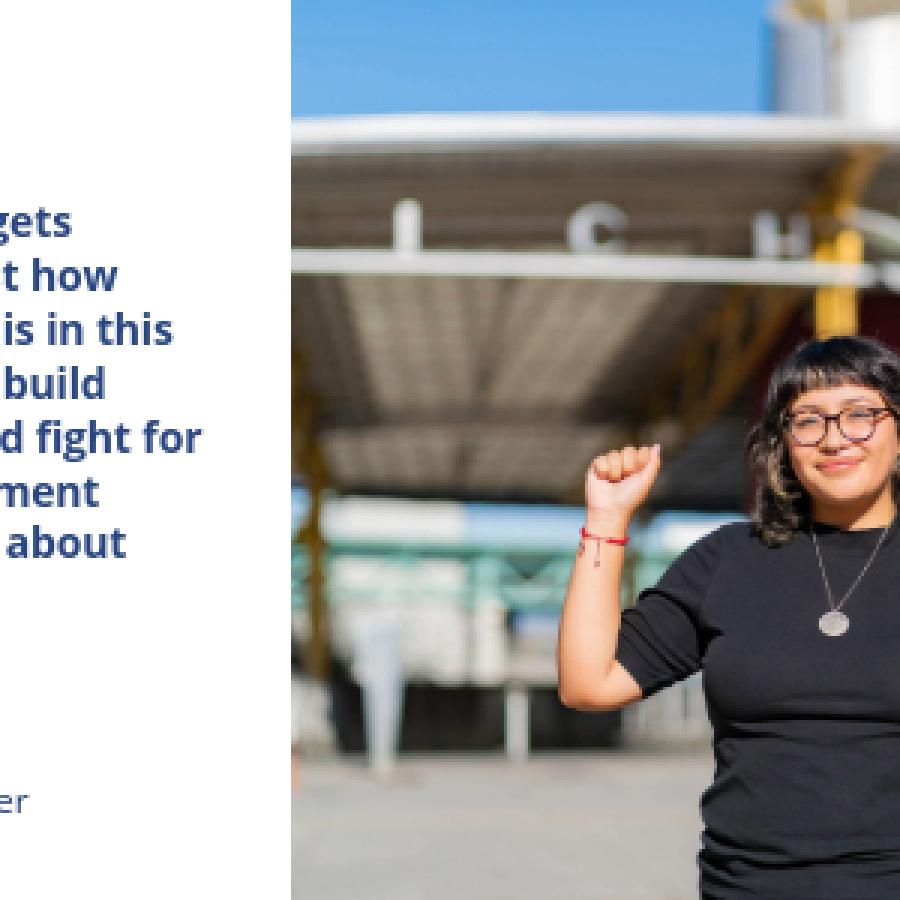Year In Review: Democratizing Data for Equitable Recovery
Dear Bay Area Equity Atlas Users:
January 11, 2021
Dear Bay Area Equity Atlas Users:
Happy New Year from the Bay Area Equity Atlas team! This has been a year of tremendous economic and social turmoil for our region and the nation. The Covid-19 pandemic and the outcry against police brutality and systemic racism following the murder of George Floyd pushed structural racism to the forefront of public consciousness and elevated equity in local policy debates. Throughout 2020, we worked to equip advocates and the public with relevant, deeply disaggregated local data to inform policy and systems changes to advance racial equity.
Covid-19 Dashboard, Frontline Workers Analysis Reveal Pandemic’s Impact on Communities of Color
To track the community-level impact of the pandemic, we launched a daily-updated dashboard in December that provides ZIP code-level data on total Covid cases from the four Bay Area counties that publish such detailed geographic data. The dashboard reveals how neighborhoods with large Latinx and Black populations have been hardest hit and can be used to inform targeted relief and recovery strategies. We also analyzed the Bay Area’s 1.1 million-strong essential workforce and found that Black, Filipinx, women of color, and immigrant workers are disproportionately represented in essential industries and vulnerable to economic and health risks.
Partnering with Bay Area Organizers to Assess Eviction Risk, Support Tenant Protections
We produced county-level fact sheets estimating the number of renter households at risk of eviction in the midst of the current economic crisis. Our Contra Costa county factsheet, produced in July in partnership with the Raise the Roof Coalition, found that nearly 22,000 households were at risk of eviction, and helped to secure an extension of the county’s eviction moratorium from July to September. We produced similar resources for San Mateo and Sonoma counties in partnership with the People’s Alliance of San Mateo County and the North Bay Organizing Project, we as well as for the state of California (with the Housing Now! coalition). Find them here.
Tracking Racial Equity in Political Representation, Police Use of Force, and Income
In February, we analyzed the latest data on the race and gender of top local elected officials and found that while the region is making progress on political representation, people of color — especially the Latinx and Asian or Pacific Islander communities — remain underrepresented in elected office. We also reviewed the use of force indicator in the Atlas and found that Black residents are disproportionately the victims of police violence. Of the nearly 200 incidents in 2016 and 2017, one-fifth involved Black people even though they make up just 6 percent of the region’s population. We also analyzed the typical income classifications used to inform housing policy (e.g. 50 and 80 percent of Area Median Income) and found that nearly half of all residents are considered low income. Black and Latino residents are overrepresented in very-low-income households while White residents are overrepresented among high-income households.
Democratizing Equity Data in the Region
We continued to share the Atlas resource with community leaders across the region, albeit virtually, including presenting our data with the Oakland Department of Violence Prevention and the Bay Area Regional Health Inequities Initiative, and hosting community trainings with the All-in Alameda County initiative, Boston Private Bank in San Francisco, and the Silicon Valley Council of Nonprofits.
Atlas in the News
Our data and reports have been covered by media outlets including the San Francisco Chronicle, SFGate, Mercury News, Palo Alto Online, East Bay Times, Patch, San Francisco Business Times, Tableau, and more.
We have big plans for 2021, including new analyses, tools, and partnerships, so stay tuned. Thank you for your continued interest in our work!
The Bay Area Equity Atlas team

